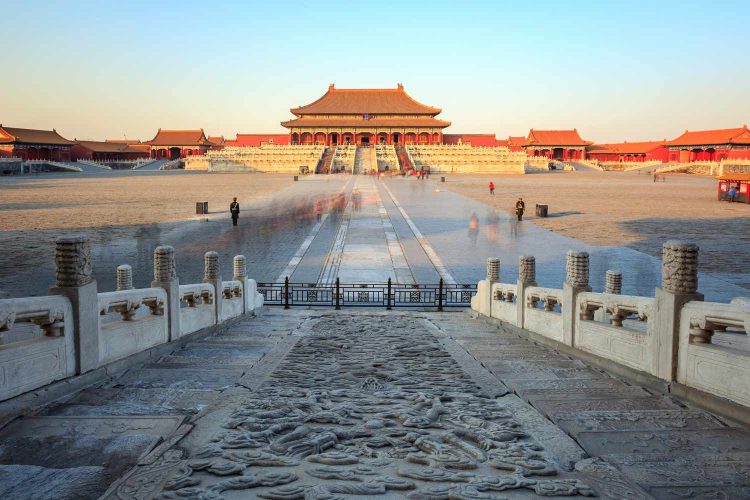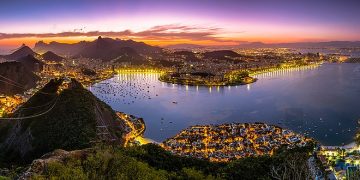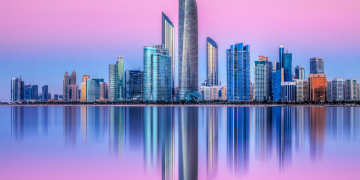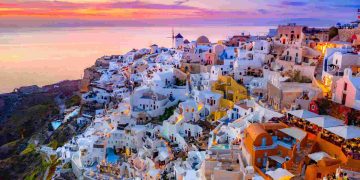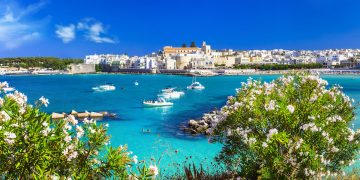Beijing’s Forbidden City, also known as the Forbidden City, is the imperial palace of the Ming and Qing dynasties in China, and is one of the largest and best preserved ancient wooden structures in the world. Located in the center of the central axis of Beijing, it is the essence of ancient Chinese court architecture and an important carrier of Chinese civilization. Today, let’s walk into this royal palace full of history and culture, and feel its unique charm.
I. Historical background
The history of the Palace can be traced back to 1406, the fourth year of Yongle in the Ming Dynasty, when Emperor Zhu Di decided to move the capital to Beijing and ordered the construction of a new imperial palace in the center of the central axis of Beijing, modeled on the Nanjing Palace Museum. After fourteen years of construction, it was finally completed in the eighteenth year of Yongle (1420) and became the palace of twenty-four emperors of the Ming and Qing dynasties. On the National Day of the 14th year of the Republic of China (October 10, 1925), the Palace Museum was officially established and opened, transforming the former imperial palace into a museum open to the public.
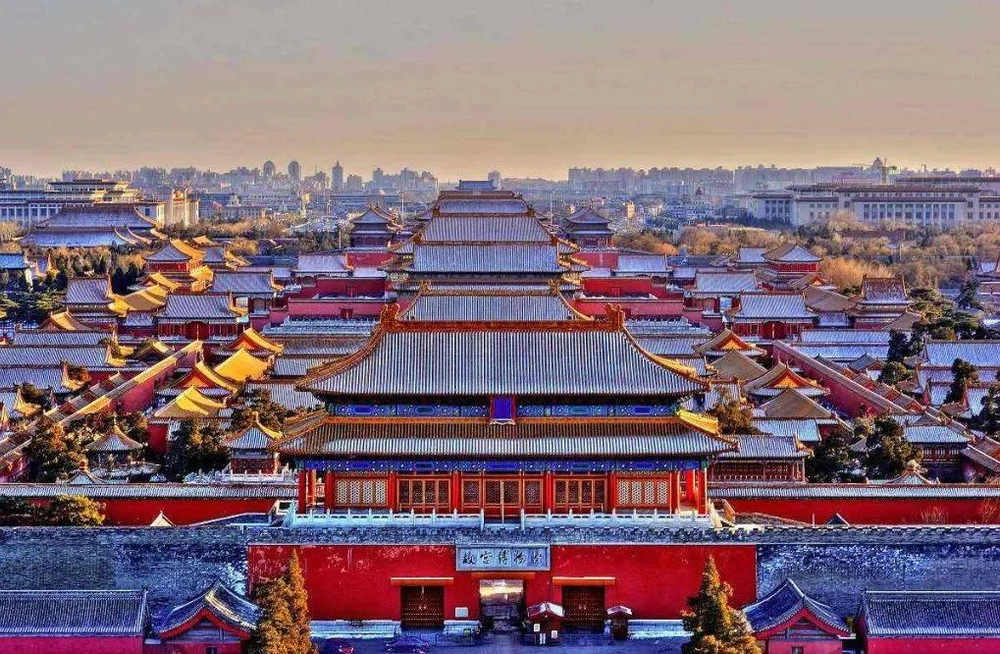
Second, architectural features
The Forbidden City covers an area of about 720,000 square meters, with a construction area of about 150,000 square meters, with more than 70 palaces and more than 9,000 houses. The whole palace complex is centered on three main halls, namely, the Hall of Taihe, the Hall of Zhonghe and the Hall of Preserving Harmony. These three palaces are grand and magnificent, and they are outstanding representatives of ancient Chinese architecture. Among them, the Hall of Supreme Harmony is the central building of the palace, but also the place where the emperor held ceremonies, such as the emperor’s accession to the throne, birthday celebrations and New Year’s Day greetings are held here.
In addition to the three main halls, there are many other buildings in the Forbidden City, such as the Dry Qing Palace, the Hall of Communication, the Palace of Earthly Tranquility, etc. These palaces have their own characteristics, and together constitute the huge complex of the Forbidden City. The architectural style of the Forbidden City is dominated by traditional Han architecture, which integrates various ethnic and cultural elements and embodies the essence of ancient Chinese architecture.
The architectural features of the Forbidden City are also reflected in its layout and structure. The overall layout of the Imperial Palace is symmetrical, rigorous and orderly, reflecting the hierarchical system of feudal society and the supremacy of imperial power. In terms of architectural structure, the palace building is supported by wooden frames, and the brick wall is maintained on the north, west and east sides, and the roof is covered with golden sulfur glass tiles. The positive ridge and vertical ridge at both ends of the roof are decorated with large pottery animal heads, implying the majesty and stability of the imperial power.
Third, cultural connotation
The Forbidden City is not only a masterpiece of architecture, but also a treasure house of culture. It contains rich history, art, religion and philosophy culture, and is an important carrier of ancient Chinese culture.
The Forbidden City is a witness of ancient Chinese history. As the imperial palace of the Ming and Qing dynasties, the Forbidden City witnessed the final glory and decline of China’s feudal society. Here, we can see the changes of history and the replacement of The Times, and feel the thick and vicissitudes of history.
The Forbidden City is a treasure of ancient Chinese art. The Palace Museum has a large collection of cultural relics and works of art, including precious porcelain, jade, gold and silver, paintings and so on. These cultural relics and works of art not only have high artistic value, but also contain rich cultural connotation and historical information. By appreciating these cultural relics and works of art, we can better understand the essence and charm of ancient Chinese culture.
The Forbidden City is also rich in religious and philosophical culture. In the magnificent palace of the Forbidden City, although there are no longer gods and Buddhas, there are religious cultures and beliefs of ancient China. At the same time, the architecture and decoration of the Forbidden City also reflect the essence of Confucian culture, such as the Dry Qing Palace and the Hall of Zhonghe and other buildings are representative works expressing Confucian thought.
Fourth, status and influence
The Forbidden City has a unique position and influence in Chinese history and culture. First of all, it is the symbol and representative of Chinese feudal society, reflecting the hierarchical system of feudal society and the supremacy of imperial power. Secondly, the Forbidden City is the treasure and representative of ancient Chinese culture, which contains rich history, art, religion and philosophy. These cultural elements not only influenced China, but also had a profound impact on the world culture.
Nowadays, the Forbidden City has become an important cultural card and tourist attraction in China. It attracts millions of tourists to visit and tour every year. By visiting the Forbidden City, people can better understand the history and culture of China and feel the profound and unique charm of Chinese civilization.
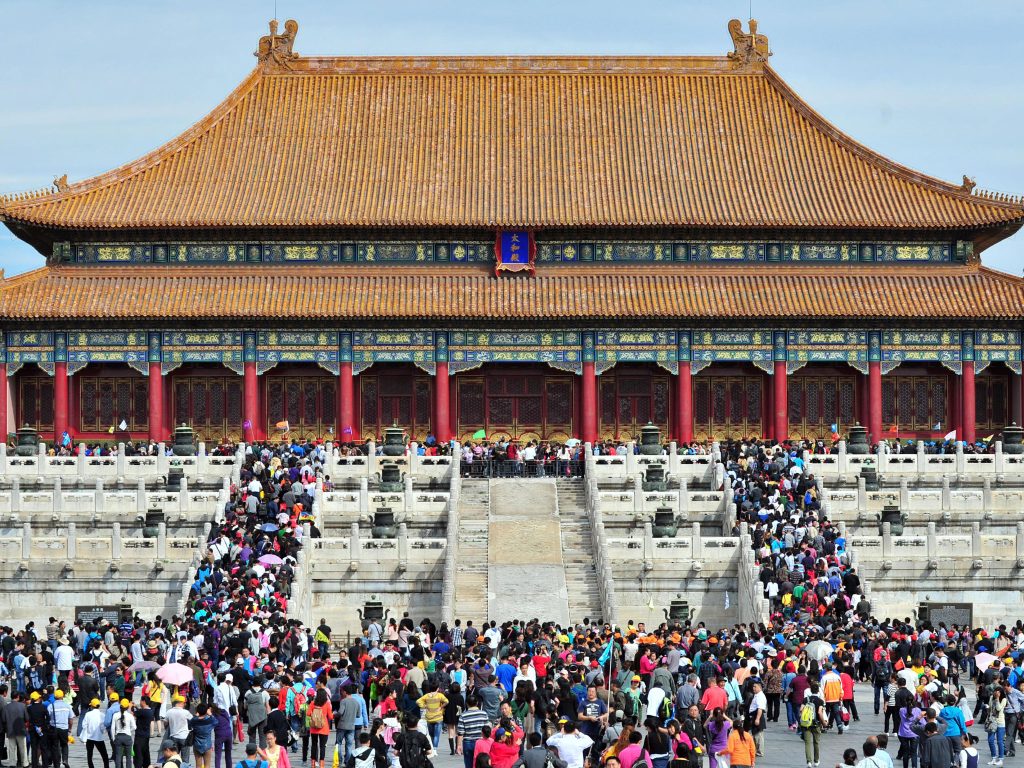
Fifth, visit suggestions and practical information
If you are planning to visit the Forbidden City, here are some practical tips and information:
Book your tickets in advance: Due to the large number of visitors to the Palace Museum, it is recommended that you book your tickets on the official website or APP in advance to avoid waiting in line.
Reasonable arrangement of time: The opening hours of the Palace Museum are from 8:30 a.m. to 5:00 p.m. every day (stop ticketing time is 4:00 p.m.), it is recommended that you arrange your time reasonably to fully appreciate the beauty and cultural connotation of the Palace Museum.
Choose the right mode of transportation: Located in the center of Beijing, the Forbidden City is easily accessible. You can choose to get there by subway, bus or taxi. Among them, subway line 1 and Line 2 can get off at Tiananmen East Station or Tiananmen West Station to reach the south gate of the Forbidden City.
Comfortable wearing: Since the Palace Museum requires walking, it is recommended that you wear comfortable and easy to walk shoes and clothing.
Respect cultural relics and regulations: During the visit, please respect cultural relics and regulations, do not touch or damage cultural relics, do not smoke, make noise or take photos and videos.
The Imperial Palace in Beijing is a royal palace full of history and culture, which has witnessed the historical changes and cultural development of China. By visiting the Forbidden City, we can better understand the history and culture of China and feel the profound and unique charm of Chinese civilization.


